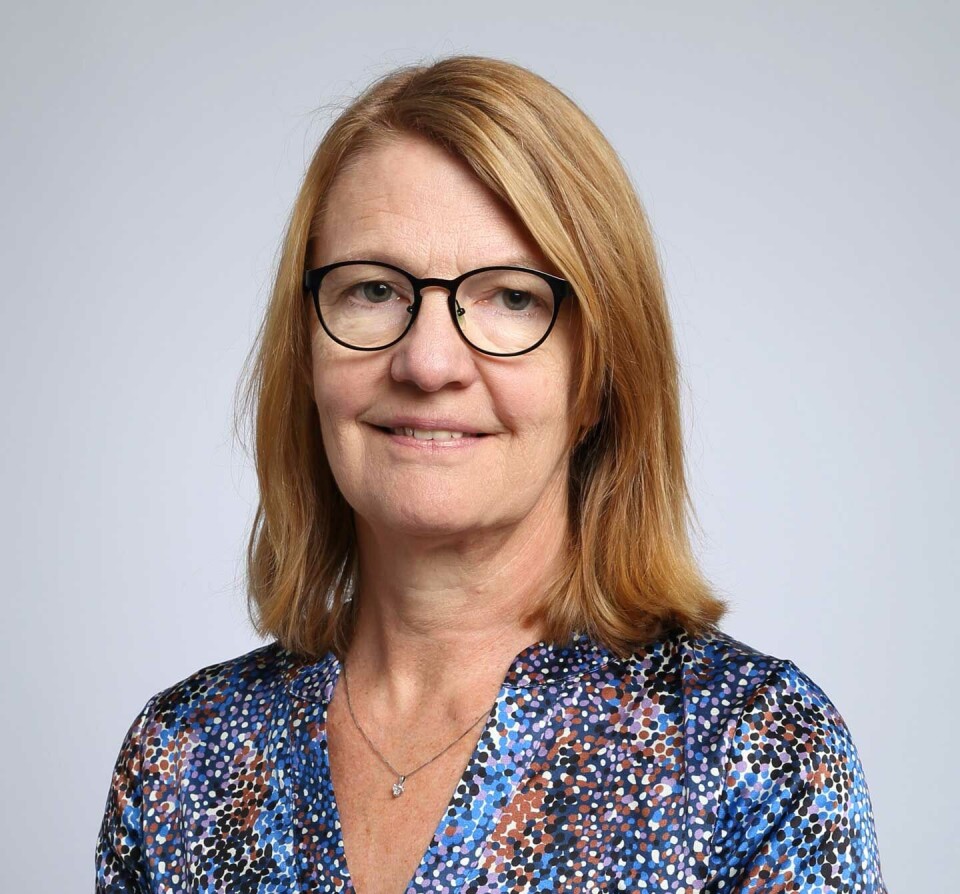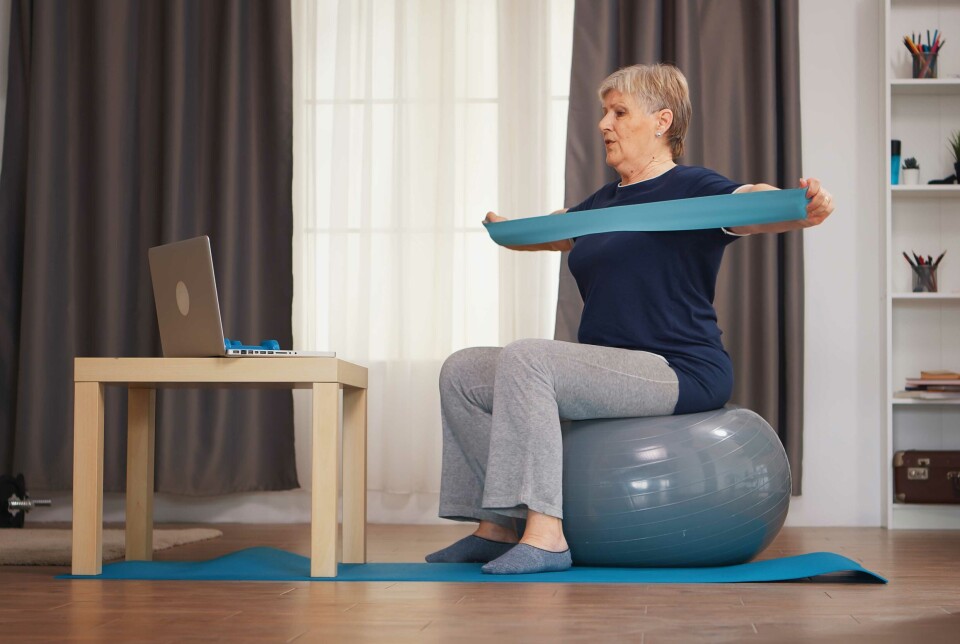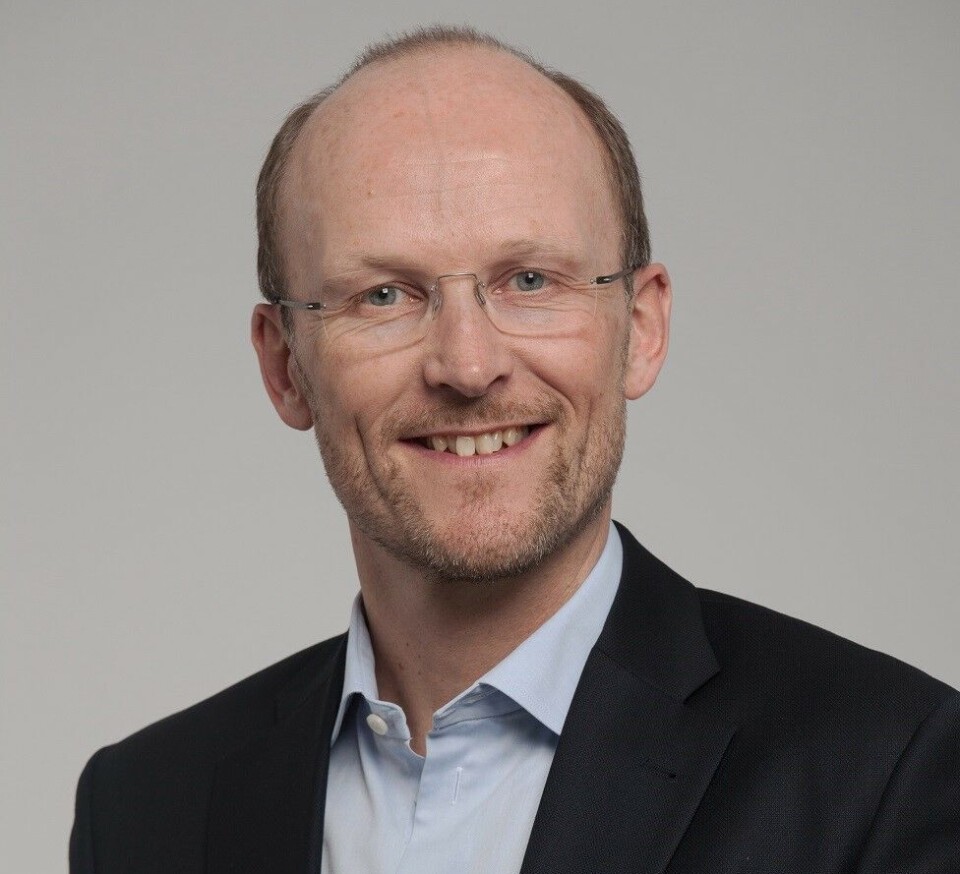THIS ARTICLE/PRESS RELEASE IS PAID FOR AND PRESENTED BY the Norwegian centre for E-health research - read more

Municipalities embrace radical innovation to cope with an ageing population
The sharp increase in the number of elderly people and the shortage of healthcare personnel require new digital solutions for health and care services.
In 2030, there will be more elderly people than children in many countries and regions in Europe. The increased ageing population and the shortage of healthcare personnel mean that the municipalities have to make major adjustments in order to be able to deliver health and care services to everyone.
The warning lights have been flashing for years without many municipalities having developed strategies to prepare for the wave of elderly people.
A thoroughly forewarned crisis
Increasingly, it seems that we are already witnessing a municipal collapse, especially in rural areas. It particularly affects the oldest and most vulnerable citizens, who are in great need of help and care. But it also has negative consequences for people of all ages who depend on assistance from the public sector.
There has been no shortage of debates, newspaper articles, public investigations, or national and local politicians expressing concern over the red numbers in Excel spreadsheets.
The significant challenges in the health and social care sector are what we call a thoroughly forewarned crisis.

Digitalisation in health and care
The municipalities are responsible for providing good and reliable services for everyone. Therefore, it is the municipalities that take the lead in facilitating innovation, change, and skills development.
But they can't do it alone. They must cooperate with each other and with other stakeholders in society.
They are already underway with the task.
“There is a lot happening in the field of digital health. Digitalisation in health and care is a key component. It is very important since the municipalities have tight budgets and face problems recruiting caregivers. We prioritise the citizen's perspective. This means that the services must be comprehensive, coordinated, and interconnected,” Kristin Standal says.
She is the subject specialist and project manager for assistive technologies and remote care at the Norwegian Association of Local and Regional Authorities (KS).
With a background as a nurse and with a master's degree in health informatics, she is well suited to identify challenges and solutions in collaboration with partners.
Municipalities must utilise technology
Standal says that in 2022 they created the document Municipal sector's ambitions in the e-health area, which serves as a common framework. It has been written in close collaboration with the municipalities and with input from national and regional health authorities and advocacy organisations.
The plan emphasises good cooperation between the national authority and local governments, and identifies five priority areas: citizen services, medication, assistive technologies and remote care, joint e-health solutions, and digital collaboration.
“A return on investments will only be seen when the municipalities have utilised the technology to change and improve their work processes,” Standal says.
A common national system is lacking
And it's not easy. This is partly because the development of technology, services, and regulations for the municipalities are not aligned.
There is still no national, functioning digital solution for interaction, which provides access for healthcare personnel in primary or specialist healthcare.
KS and the national health authorities want the municipalities to adopt assistive technologies and remote care on a large scale. The technology and knowledge needs to reach everyone.
Remote care and monitoring involves patients using technology to share their health data with primary healthcare providers or the hospital. This applies in particular to people with chronic conditions. In this way, healthcare personnel can track health trends over time and facilitate earlier interventions.
This means that people do not have to show up in person for repeated check-ups with the doctor if it is not necessary.
“We have established a network that will assist the municipalities in their implementation of assistive technologies and remote care. We encourage all municipalities to choose a contact person who ensures good information flow so that everyone gets an insight into the activities,” she says.
Researchers will study effects
Digitalisation networks have been established in the country's regions. They will coordinate the work on digitalisation.
The individuals in charge all have experience with implementing assistive technologies, and it is municipalities and county municipalities that steer the process.
Researchers will also look at the outcomes of digital home monitoring.
“We want to study what happens during the implementation, and what effects it has on the patient's health and well-being, use of healthcare services, and costs over time,” Siri Bjørvig says.
She is head of Personal E-health at the Norwegian Centre for E-health Research.

The researchers will use various research methods to collect and analyse the available data. This will help to strengthen the knowledge base about the importance of and models for digital home monitoring.
It is important to consider the bigger picture to succeed
KS has taken several measures to provide crucial support for municipalities in their transformation efforts.
One move is to create a programme they call Partnership for radical innovation. Here, actors collaborate across professional fields, sectors, and administrative levels.

Those who deal with the problems only from their own perspective often find that it becomes difficult. While those who are able to work interdisciplinary and see the bigger picture have a good chance of building new, sustainable services.
A comprehensive look at the use of technology, services, and processes will challenge existing structures and cultures in health and social care.
More effort is needed
Many municipalities are already experiencing difficulties in retaining and recruiting healthcare staff. At the same time, the health and social care budgets are under pressure, according to Henrik Dons Finsrud.
He is supervisor for insight and innovation at KS.
He states that we cannot expect the healthcare and welfare sector to be able to solve the challenges alone.
“People are living longer, and more people need help. There are not enough staff to carry out the tasks as they are today,” Finsrud says.
He praises municipalities that have rolled up their sleeves. Some have worked on developing their village centres.
Instead of the home care workers driving to each resident’s home, the seniors are bussed to a health and service centre. There, they can get help from various services and amenities, such as an appointment with a doctor, physiotherapist, to socialise, or visit a café. This becomes a benefit for the user, service provider, and society.
Digitalisation and better use of healthcare personnel point to some answers. But more needs to be done.
“It is about promoting safety, belonging, trust, and health. How can we design welfare in new ways, which require fewer people? We need community development on all levels,” Finsrud says.
The future tool creates shared understanding
Innovation work is not least about creating a shared understanding of what the problems are. It is not enough that the authorities have described them.
Healthcare workers, managers, and residents in both urban and rural areas should all be well informed about the realities and what will be required decades from now.

In KS' Future Toolkit 2040, people can check for themselves how prepared they and their municipality are. The aim of the online tool is to help citizens understand what choices they can make for the place where they live.
The tool consists of three parts: One part gives you an overview of the country. The next part gives a status for your municipality and shows the development towards 2040. You can then explore different options for the future.
“We hope that many will use the resource, and that it can be particularly useful for the country's municipal councils,” Finsrud says.
Leaders must drive change
It is important to have knowledgeable and determined leaders in the right place when technology is introduced, and organisations need to change.
In research on change and change management, the conclusion is often that a solid toolbox and the right personal qualities are required to handle challenges. Furthermore, leaders are often unsure about how to address cultural issues deeply ingrained in the organisation.
“Middle managers are often key figures in a transformation. They must lead, motivate, and prioritise. We see a significant need for additional competence in this area. For example, not all department heads have management training. Perhaps they completed nursing school a long time ago and got their managerial role because they were professionally skilled or could no longer do rotating shifts. In addition, they have a busy working day with responsibility for many other tasks,” Kristin Standal says.
KS is starting a research and development project to find out what kind of competence leaders need to drive change.
“Many municipalities are doing well and have already found creative solutions. They have gained an understanding of what it takes to succeed. Those who meet and share their experiences in the networks learn the most and the fastest. We spread the success stories and also remind everyone that we learn a lot from hearing about the not always perfect first attempts,” Standal says
Reference:
Kommunal sektors ambisoner på e-helseområdet (The municipal sector's ambitions in the field of e-health), the Norwegian Association of Local and Regional Authorities (KS), 2022.

This article/press release is paid for and presented by the Norwegian centre for E-health research
This content is created by the Norwegian centre for E-health research's communication staff, who use this platform to communicate science and share results from research with the public. The Norwegian centre for E-health researchis one of more than 80 owners of ScienceNorway.no. Read more here.
See more content from the Norwegian centre for E-health research:
-
Technology in the health and care sector: "This is not just about new gadgets"
-
Five Nordic and Baltic countries take a major step toward the future of health research
-
A digital chatbot can help you stay fit
-
Researchers' advice for better healthcare services: Listen to the patient!
-
Half of those who received mental health care found errors in their medical records
-
AI can understand your medical records: A new language model could revolutionise healthcare





































